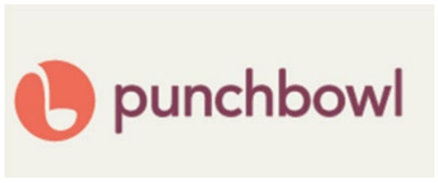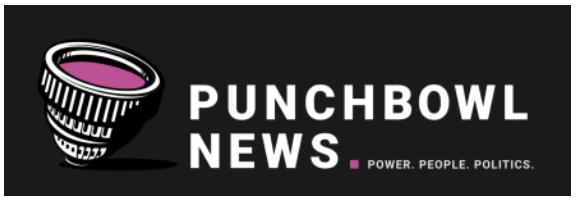Addressing the balance between trademark rights under the Lanham Act and the First Amendment right to protected expression, the US Court of Appeals for the Ninth Circuit affirmed a district court judgment finding that the defendant’s use of the term “Punchbowl” was not a Lanham Act violation because it was expressive and not misleading as to its source. Punchbowl, Inc. v. AJ Press, LLC, Case No. 21-55881 (9th Cir. Nov. 14, 2022) (Ownes, Bress, Fitzwater, JJ.)
Punchbowl is an online communications company that provides “online events and celebration invitations and greeting cards” as part of its subscription-based service. Punchbowl has used the mark Punchbowl® since 2006 and the mark was registered with the US Patent & Trademark Office in 2013. Punchbowl describes itself as “The Gold Standard in Online Invitations & Greeting Cards,” and uses the logo of a punch bowl ladle:

Punchbowl filed suit claiming that AJ Press infringed on Punchbowl’s mark through its subscription-based online news publication Punchbowl News. Punchbowl News covers “insider” political topics and reports on events in Washington, DC, and derives its name from the use of the term “punchbowl” by the Secret Service to refer to the US Capitol building. As such, the Punchbowl News logo comprises of an overturned image of the US Capitol filled with purple punch and the slogan “Power. People. Politics.”

AJ Press argued that its use of the term “Punchbowl” was protected under the First Amendment and did not violate the Lanham Act. The district court granted summary judgment to AJ Press, concluding that its use of the name “Punchbowl” did not give rise to liability because it constituted protected expression and was not explicitly misleading as to its source. Punchbowl appealed.
Traditionally, the likelihood of confusion test is used for claims brought under the Lanham Act. When artistic expression is at issue, however, that test fails to account for the full weight of the public’s interest in free expression. If the product involved is an expressive work, courts generally apply a gateway test, grounded in background First Amendment concerns, to determine whether the Lanham Act applies. One approach was set forth in the Second Circuit’s 1989 decision in Rogers v. Grimaldi to determine whether First Amendment concerns were strong enough to outweigh the need to protect a mark. The Rogers test requires the defendant to first “make a threshold legal showing that its allegedly infringing use is part of an expressive work protected by the First Amendment.” Once this threshold is satisfied, the Lanham Act will not apply unless the plaintiff can establish that “the defendant’s use of the mark (1) is not artistically relevant to the work or (2) explicitly misleads consumers as to the source or the content of the work.”
The Ninth [...]
Continue Reading
read more

 Subscribe
Subscribe


